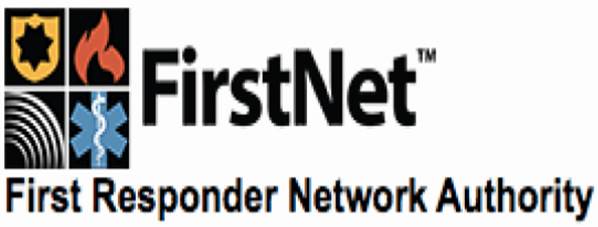
FirstNet is a $7 billion project inside the Department of Commerce to build a 4G LTE network for First Responders nationwide. Since I am not a federal employee, I was hired as a contractor in 2012 and was the first person with a financial background on the team.
I worked with the Strategy team to create coherent financial model scenarios that included a great depth of research and complexity on such factors as scale, timing, costs, pricing, and collaborating with engineering lead and management to guide the conversation about what FirstNet might do.
I also created financial systems and provided ongoing support for financial reporting and analysis, budgeting, near-term forecasts, and other operational finance issues.
“I have worked with Brode for many years on multiple telecom projects, including multibillion-dollar national network deployments and smaller scale investment opportunities. He has an incomparable understanding of telecom business and network economics and a rare ability to develop financial models that communicate the key decision drivers for management teams and investors. I have always been able to rely on his ability to deliver outstanding results under the most critical time constraints.”
James Canizales,
Former Lead Strategy Contractor, FirstNet (Former VP Strategy, Clearwire)

Company Background
Open Range Communications delivered wireless high-speed internet and voice services to rural communities across America with 4G technology. Founded in 2008, Open Range was a 4G innovator who planned to serve over six million rural inhabitants.
The Challenge
The Open Range executive team initially retained me to explore the strategic and financial impact of their business ideas. I was tasked with leading an all-out push to secure low-interest financing via a federal program to build rural wireless networks.
I needed to quickly construct a financial model that conformed to arcane government reporting requirements while still having the economics work in economically marginal, under-served areas. I was to generate all analytic output needed to understand if the business worked, comprehend the dynamics of a WiMAX business, and create a reasonable forecast to satisfy the often-conflicting needs of investors and government agencies.
The Solution
I provided key counsel in shaping the early strategic direction of the company. Bringing a dose of financial reality to early discussions meant the impact of different ideas and issues could be factored into the overall business plan as well as the government funding proposal.
I then created a financial model that captured the economic impact of all areas of the company and the world around it. The only way to accomplish this while simultaneously having a viable tool to explain the business was to build a piece of software that would include both spreadsheet and database components.
The deliverable: a fundable plan.
The Execution
The financial modeling software I created went through hundreds of versions and required thousands of inputs. Working with telecom engineers, I distilled their complex discipline into a few simple formulas that could be applied to determine the cost of building the network. I worked endless variations with senior management on operational details (such as sales channel strategy) to find ways to cut costs and make the business viable.
Over two dozen people assisted in gathering information for the application, but in the end all of it had to be synthesized into a single financial model. To receive the government-backed loan, the company was required to produce an application explaining its financial results and operational metrics in incredible detail. For instance, the government required detailed capital plans for each of 1,000+ cities in which Open Range planned to offer service.
Government bureaucrats as well as private investors went through this model with a fine-toothed comb and could not find problems. I worked with government employees to get them comfortable with the model and the application — which encompassed more than 10,000 pages of documentation. The government insisted on it all being printed (in triplicate!) and we hand-delivered the output to Washington, D.C.
The Outcome
The deal closed in January 2009. Under its terms, Open Range Communications received $100 million in private equity and $267 million in debt.
INDIUS
The Challenge
Working with seed investors Liberty Global and equipment manufacturer ARRIS, Indius had a multi-hundred-million-dollar plan to roll up mid-sized Cable MSOs in India and roll out broadband as a second core product. The company was in crisis after the first plan — developed by a founder — had been rejected by investors. The board brought in an interim CEO, who retained me to help him evaluate operations and develop a fundable plan.
The Solution
I quickly evaluated the current plan and began asking hard questions to the remaining management. In short order we developed a new plan.
The Execution
I worked quickly:
· Week 1: I started out trying to understand the work that had been done to date. I pinpointed the key value drivers and strategic decisions. I discovered numerous major errors in the initial plan.
· By Week 4: Within one month I had built a new model and began to refine assumptions and strategies with the far-flung team
· By Week 7: Strategy and results were basically set — the economics were locked down. I then refined results and presentation slide.
The Outcome
The plan was ultimately received favorably by investors, though the project was not funded for other reasons.
Later in the engagement I became involved in operational finance issues, including directing staff in two countries, budgeting, reporting, cash management, and the numerous day-to-day issues of a startup CFO. In this role I was often the one bringing facts and transparency to what had previously been an opaque situation.